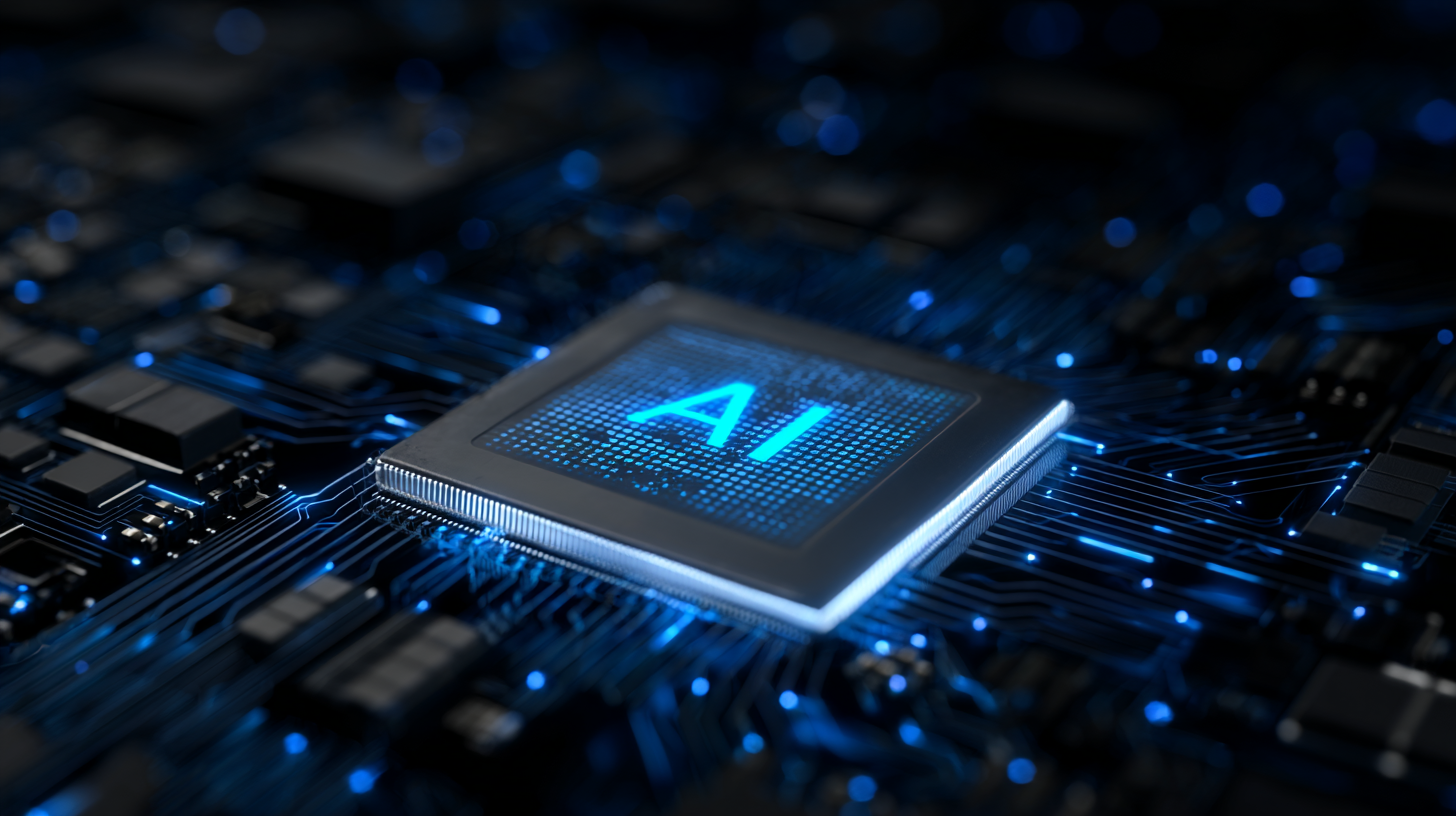Artificial intelligence is now at the centre of technological progress. From everyday apps to industrial systems, AI is becoming deeply embedded in how people work, communicate, and solve problems. Its rapid development has led some to wonder; is this growth part of a sustainable transformation, or are we experiencing an AI bubble?
There is no doubt that AI is enjoying a period of extraordinary attention. Tools that were once limited to research labs are now powering digital assistants, writing tools, design software, and robotics. The question is not whether AI is having a moment, but what kind of moment it is.
AI Is Everywhere; And It Works
The most noticeable thing about the current wave of AI tools is how useful they are. AI is not limited to demonstration videos or future promises. It is already being used to summarise documents, generate marketing content, support customer service teams, and even assist in scientific research.
Companies like OpenAI, Anthropic, and Google DeepMind have released language models capable of high-quality text generation; others like Nvidia, Tesla, and Meta are focused on training, robotics, and simulation.
According to McKinsey, over 55 percent of global businesses now use AI in at least one part of their workflow. That number continues to grow each year as new tools become more affordable and easier to deploy.
In India, AI is supporting farmers with crop yield predictions and pest control guidance. In Kenya, it is used to translate legal and medical documents into local languages. In Japan, AI-powered robots are helping to assist elderly patients with daily tasks. These are not speculative experiments; they are real-world examples of AI addressing real needs.
The Infrastructure Is Being Built
Unlike some past technology trends, the AI boom is being matched by a serious commitment to infrastructure.
The tools people use on the surface, like ChatGPT or Midjourney, rely on layers of compute, data handling, and model training that require significant support. This is where companies like Nvidia have become essential; their hardware is powering nearly every major AI project globally.
According to Statista, global spending on AI systems, including software, training platforms, and deployment tools, is expected to grow from 154 billion dollars in 2023 to over 400 billion by 2027. This is not just about new apps; it is about a transformation in how digital systems are built and scaled.
At the same time, governments are stepping in to support the creation of local facilities. In the United States, federal support has helped expand chip production through partnerships with firms like Samsung, which recently signed a 16.5 billion dollar agreement with Tesla to manufacture AI chips in Texas.
Big Names Are Leading; But Innovation Is Widespread
Some of the most well-known names in tech are leading the charge; Microsoft has integrated AI into Office and Azure, Amazon is developing its own foundation models, and Meta is building open-source alternatives through its LLaMA model family.
But the excitement is not limited to just the top five companies. There are more than 7,000 AI startups in the United States alone, according to Tracxn; more than 1,000 of them have received early-stage support and are working on highly specific use cases in sectors such as healthcare, education, logistics, and law.
Figma, for example, recently added AI tools to its design suite; following its IPO in July, the company saw its stock rise by 250 percent on the first day of trading. While these numbers may catch headlines, the underlying story is that companies with real users and real tools are being recognised for their impact.
In education, small startups are using AI to create adaptive learning systems. In sustainability, AI models help monitor deforestation and track carbon emissions. In the creative arts, musicians and visual artists are experimenting with AI collaboration to explore new forms of expression.
Public Support Is Driving Confidence
The idea of AI as a national priority is no longer limited to tech conferences. In July 2025, the U.S. government introduced a comprehensive AI Action Plan, designed to support responsible development across industries while encouraging innovation.
Public and private sectors are also working together to ensure AI tools remain accessible and adaptable. Research labs are releasing open-source models, educational platforms are developing AI-powered tutoring tools, and local governments are using AI to improve services ranging from traffic control to waste management.
Similar efforts are unfolding in Europe, where the European Union has established its own AI policy framework; and in Southeast Asia, where countries like Singapore are investing in multilingual AI research to support regional growth.
Some are right to raise questions. Not every company will succeed; not every product will be transformative. During past technology waves, including the rise of the internet, there were periods of excitement that led to exaggerated expectations.
Palantir, for instance, has been one of the more discussed names in the AI space. Its software is widely used by defence and intelligence agencies, but its valuation has raised eyebrows; some reports noted that its price had risen to over 600 times its earnings in recent months.
But that does not mean the technology is flawed. Palantir's tools are deployed in critical environments; its work is ongoing; and the value it delivers is not theoretical. This holds true for many of today’s most active AI companies. They are already embedded in real systems.
The term bubble is usually reserved for situations where enthusiasm outweighs practical use. But the current AI boom has been driven by real needs. People want faster tools, clearer communication, better access to information, and assistance with routine work.
This demand is driving development; in return, companies are creating tools that truly work. AIs now write code, generate art, improve accessibility, summarise research, and much more. The tools are becoming more efficient, more multilingual, and more personalised.
And unlike previous eras, people are now testing these tools for themselves; adoption is happening at the individual level, not just behind corporate walls.
Looking Back; Looking Ahead
Some comparisons are being made to the dot-com era, where early internet companies gained rapid attention before many disappeared. But while that cycle helped establish the foundation of the modern web, the current AI wave is starting from a much more advanced point; with working tools, active users, and massive global application.
Even if some excitement cools, the core trend is expected to continue. AI will likely follow the path of past foundational technologies; early hype followed by correction, then steady integration across society.
There may be speculation in some corners of the AI world; but calling the entire movement a bubble ignores the infrastructure, capability, and demand that is now in place.
The companies involved, Nvidia, Figma, Tesla, OpenAI, Palantir, Microsoft, Anthropic, and many others, are building tools that have immediate, measurable impact. AI is not only changing products; it is changing expectations.
This moment may include excitement, but it also includes progress. And that progress is likely to shape the next chapter of global technology; far beyond the current headlines.







